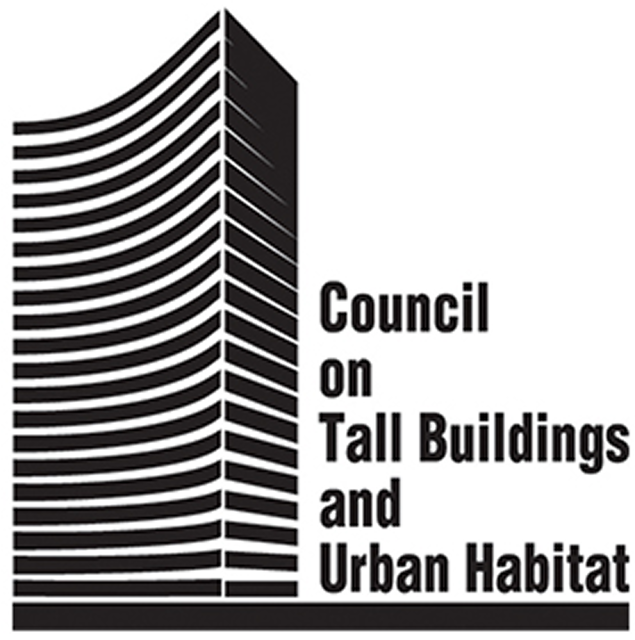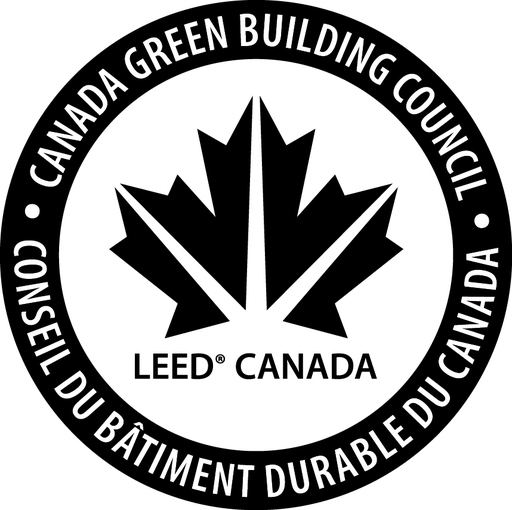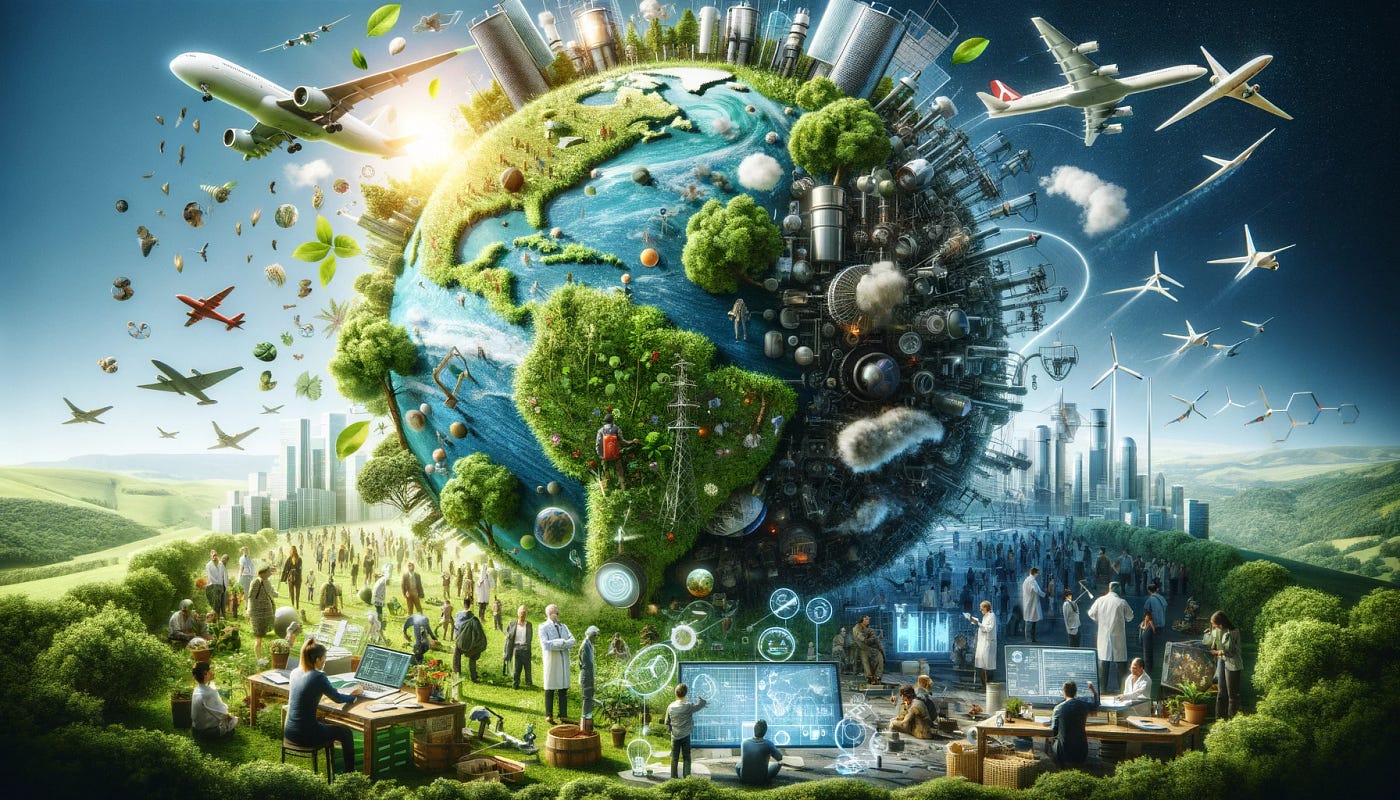
Sustainable Synergy: A Smarter Way to Build


The concept of Sustainable Synergy is the future of construction, moving beyond simple material assembly to an integrated approach that builds smarter and reduces environmental harm. This method focuses on three interconnected keys—Smart Materials (like using renewable and recycled content), Clever Design (utilizing passive and biophilic strategies), and Smart Energy Use (maximizing efficiency and generating clean power)—to create durable, low-waste, and energy-independent buildings. Ultimately, this holistic strategy saves money over time, improves the well-being of occupants, and significantly shrinks a building's carbon footprint.
Building a house or a high-rise isn't just about putting materials together anymore. It's about building smarter. The old way often led to wasteful projects that used up too much energy and harmed the planet.
The new way, which we call Sustainable Synergy, is a simple but powerful idea: make materials, design, and energy work together from the very beginning.
This isn't just a trend; it's the future of building.

The Three Keys to Synergy
Think of Sustainable Synergy as a three-legged stool. If any leg is weak, the whole thing falls over. Each part is crucial, and they all have to work together.
1. Smart Materials
The first step is choosing the right materials. This isn't just about what looks good; it's about what's good for the planet.
- Renewable is Better: We can use materials that grow back quickly, like bamboo and certain kinds of wood. Using these instead of things that take forever to form helps protect our natural resources. A 2023 report from the World Economic Forum highlights the global push towards sustainable production to meet climate goals.
- Use What's Already There: Imagine building a new house with materials from an old one. Using recycled steel or glass keeps waste out of landfills and saves the energy needed to make new stuff. This is what we mean by recycled content. The U.S. Green Building Council's 2022 report on embodied carbon emphasizes that these emissions are a key lever in decarbonizing the built environment.
- Breathe Easy: Some building materials release harmful chemicals you can’t see. We can choose products with low or no VOCs (Volatile Organic Compounds) to make the air inside a building healthier for everyone. The U.S. Environmental Protection Agency (EPA) provides guidance on improving indoor air quality through material selection.
- Shop Local: Getting materials from nearby suppliers cuts down on the gas and pollution from long-distance shipping. It also helps local businesses thrive.
- Build to Last: Good materials are strong materials. Choosing durable, high-quality products means they won’t need to be replaced as often, which saves money and prevents waste.
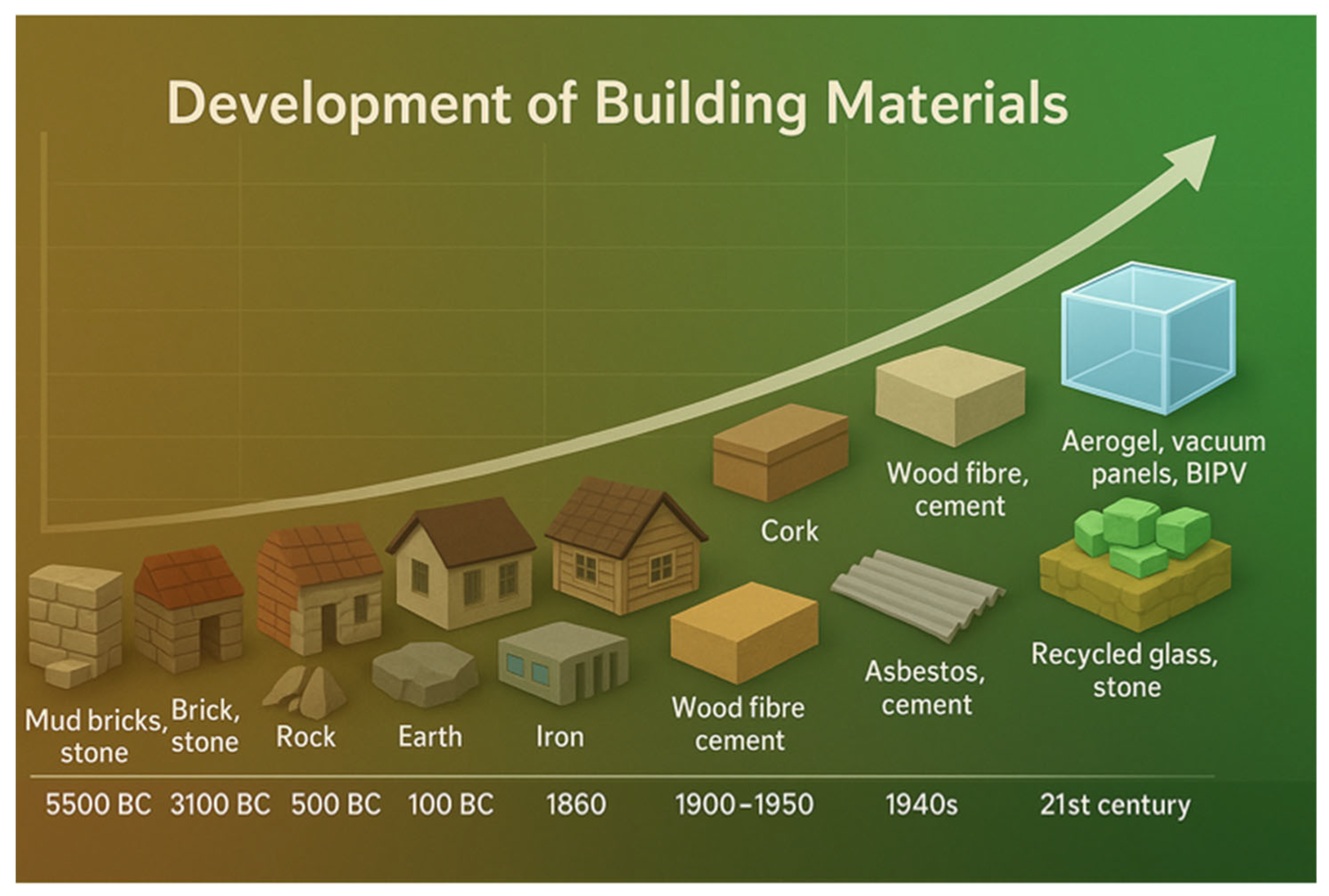
2. Clever Design
Design is where the magic happens. A smart design makes a building feel good to be in and naturally saves energy without needing extra gadgets.
- Let Nature Do the Work: This is called passive design. It's about using the sun and wind to your advantage. Placing windows in the right spot can let in plenty of natural light, so you don’t have to flip a switch during the day. This also helps keep the building warm in the winter and cool in the summer. According to the International Energy Agency's 2021 report on energy efficiency, these strategies are vital for meeting global energy efficiency goals.
- Bring the Outside In: Biophilic design adds natural elements to a building, like plants or big windows with views of trees. This has been proven to make people happier, healthier, and more productive. The American Institute of Architects has highlighted the wellness and health benefits of this design approach.
- Built for Change: A good design is one that can change over time. By making buildings flexible, you can easily turn an office space into apartments, which means you don't have to tear it down and start over later. This is called adaptive reuse.
- Save Water: Smart designs can include ways to collect rainwater to water plants or use recycled water for toilets. Every little bit of water saved helps.
- Design to Un-Build: A truly sustainable building is one that can be taken apart easily at the end of its life, so the materials can be reused or recycled. This is the ultimate form of waste reduction. The Ellen MacArthur Foundation provides comprehensive research on how a circular economy approach can transform the construction industry.
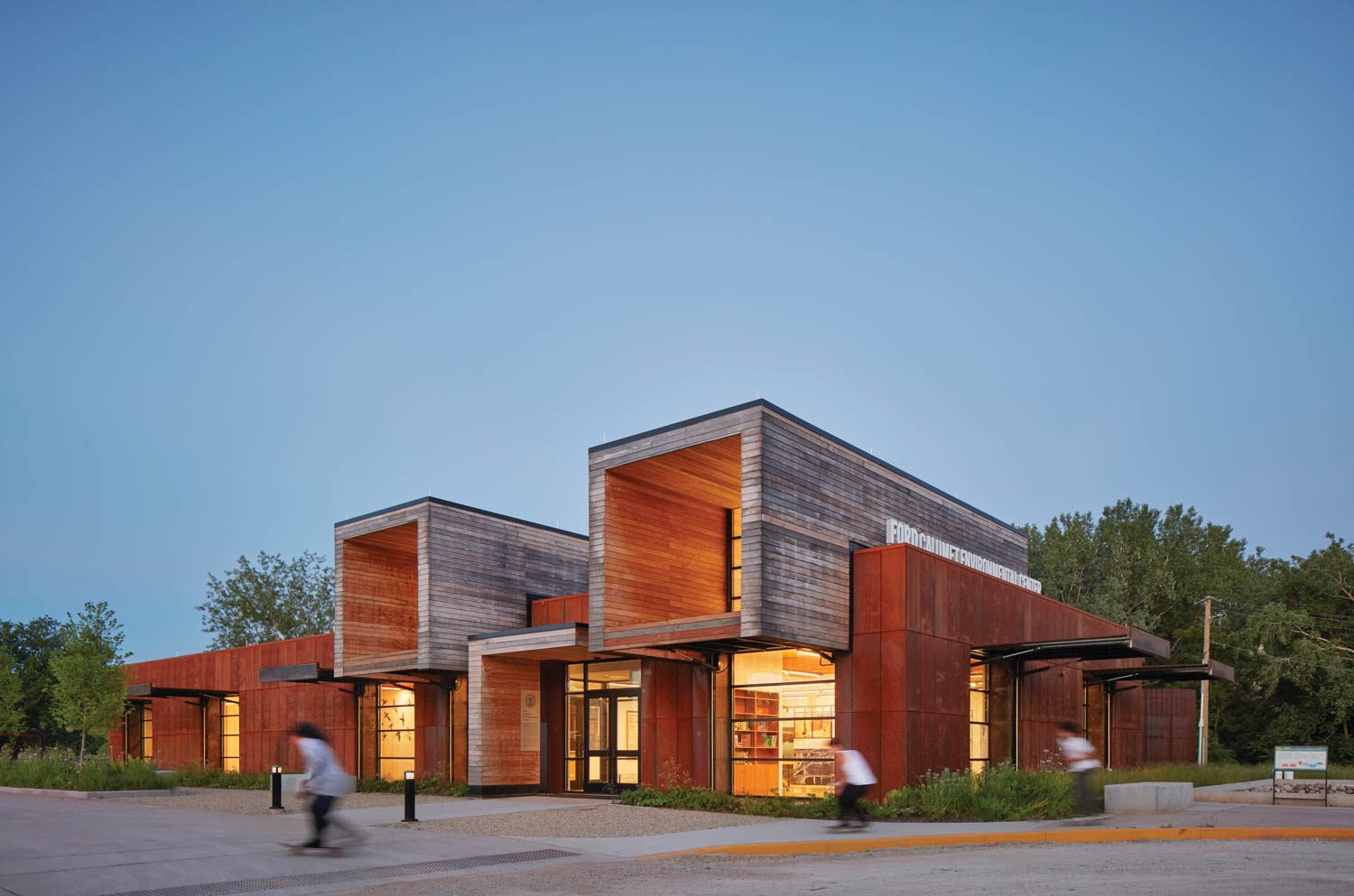
3. Smart Energy Use
The final piece of the puzzle is how a building uses energy. The goal is simple: use as little as possible, and get what you need from clean sources.
- Stop the Leaks: A building's outer shell—its walls, roof, and windows—is its first line of defense. By using great insulation and high-tech windows, we can keep hot air in during the winter and out during the summer, dramatically cutting down on heating and cooling costs.
- Efficient Machines: The heating and cooling systems should be the best they can be. Modern systems, like geothermal heat pumps, are incredibly efficient because they use the earth's natural temperature to regulate a building's climate. The European Commission's Renewable Energy Directive (RED III), adopted in 2023, sets ambitious targets to accelerate the transition to clean energy across Europe.
- Thinking Buildings: Smart technology, like sensors and building management systems, can turn lights and AC on and off based on whether a room is in use. This means no wasted energy.
- Make Your Own Power: Placing solar panels on a roof or using small wind turbines can create clean energy right where it's needed. This reduces a building's reliance on the main power grid and shrinks its carbon footprint. The International Renewable Energy Agency (IRENA) reported in 2024 that a staggering 91% of all new renewable projects in 2023 delivered electricity at a lower cost than new fossil fuel alternatives.
- Store It Up: When a building makes extra solar energy, it can be saved in batteries to be used later. This is called energy storage and it makes a building more independent and reliable.
Why Synergy is a Smart Move
When these three parts—materials, design, and energy—work together, the benefits are huge.
- Better for the Planet: This is the most obvious benefit. By using fewer resources, creating less waste, and emitting less pollution, we are building a healthier future for everyone.
- Save Money in the Long Run: While the initial cost might be slightly higher, the savings on energy bills can be massive. Over the life of a building, a high-performance design can save hundreds of thousands of dollars. It’s an investment, not just an expense.
- Healthier Buildings, Happier People: Buildings with good air quality, natural light, and a connection to nature make people feel better. For a company, this means healthier employees who are more focused and productive.
- Future-Proof: With growing pressure to reduce carbon emissions and new environmental regulations, a building designed with synergy is already ahead of the curve. It's ready for the future. A 2025 study in Frontiers on biophilic design found that it positively influences stress recovery and comfort in residential settings.
The Synergy in Action: A Case Study
Imagine a new office building being planned. The designers don't just pick the cheapest materials; they choose recycled steel and timber from a sustainably managed forest. The building is oriented to face the sun in a way that maximizes natural light, and the windows are specially designed to block heat. They install a highly efficient geothermal HVAC system and cover the roof with solar panels. The result?
- The need for artificial lighting is cut by 40% during the day.
- Heating and cooling costs are reduced by over 60%.
- The building's energy comes from the sun and earth, not from fossil fuels.
- The people who work there report feeling more energized and happy.
This isn't a fantasy; it's happening all over the world. Companies know that by creating buildings that are smart, efficient, and good for the planet, they are not only building structures but also building a better world for everyone.
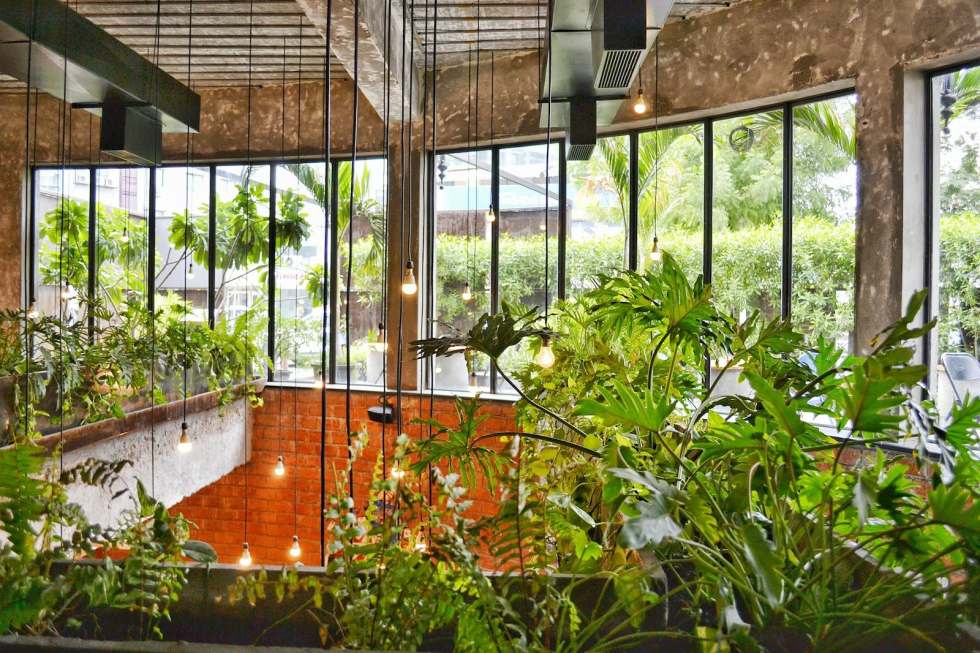
Benefits of Sustainable Synergy
- Environmental Impact: Drastically reduces a building's carbon footprint, conserves natural resources, and minimizes waste.
- Economic Advantage: Lowers operational costs through energy and water savings, and can increase property value.
- Human Health and Well-being: Improves indoor air quality and creates a more comfortable and productive environment for occupants.
- Resilience: Structures are better able to handle climate shifts and are more durable over time.
To learn more about the future of sustainable development, visit our Insights page.








